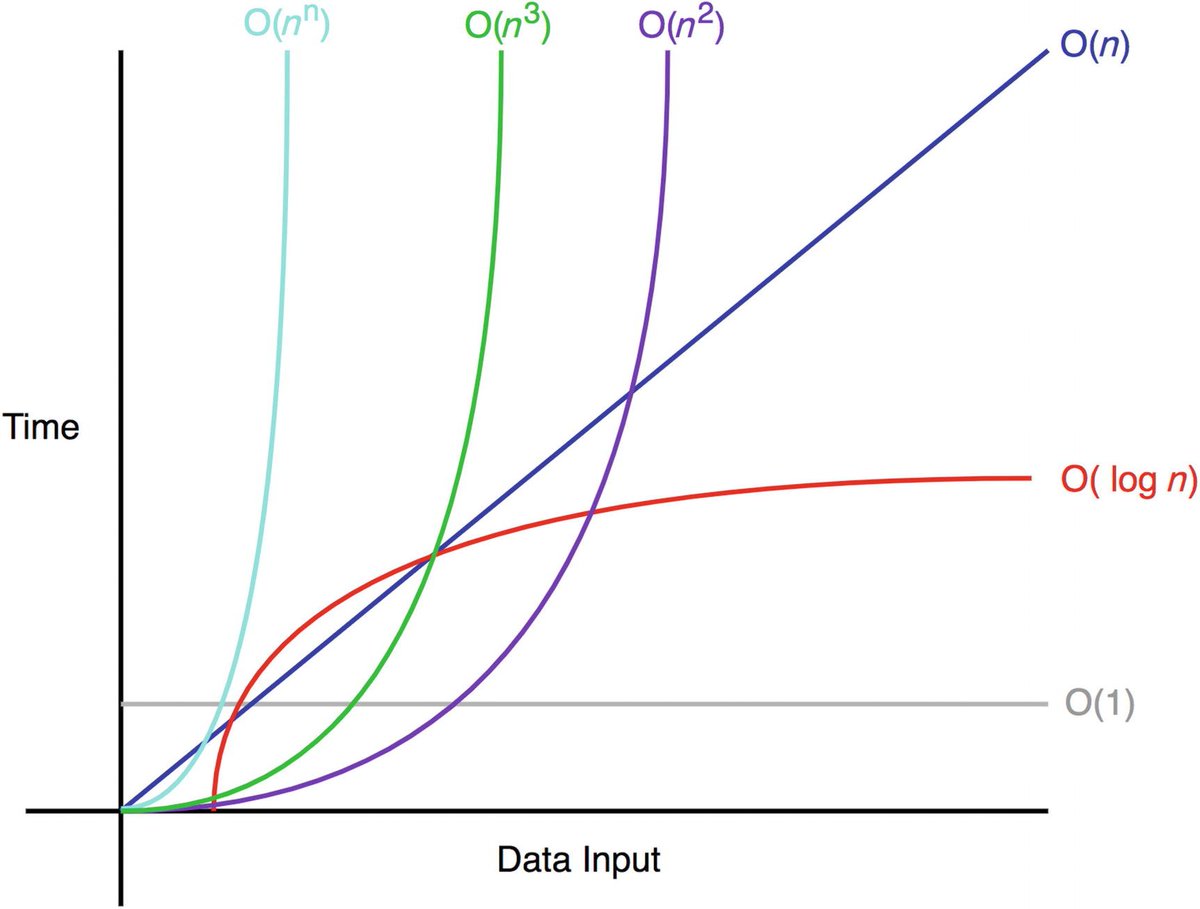
Research @OpenAI • physics PhD @Stanford • math animations, machine learning, cats • previously @Caltech, @CERN, @PsiQuantum • ⚛️🎹🐈🏳️🌈
How to get URL link on X (Twitter) App




 We’re both huge nerds and I wanted to do something unique for the proposal, so I designed this hexagonal mirror thingy. The mirrors are angled so that just before sunset on our 8th anniversary, it reflects the light from the setting sun onto the ground to spell “MARRY ME?”
We’re both huge nerds and I wanted to do something unique for the proposal, so I designed this hexagonal mirror thingy. The mirrors are angled so that just before sunset on our 8th anniversary, it reflects the light from the setting sun onto the ground to spell “MARRY ME?” 






 Historically, Turing is best known for his efforts in wartime codebreaking. During WWII, the Nazi forces used a machine called Enigma, which functioned as a cypher that changes settings on each keypress, to encrypt messages and communicate the location and time of air raids.
Historically, Turing is best known for his efforts in wartime codebreaking. During WWII, the Nazi forces used a machine called Enigma, which functioned as a cypher that changes settings on each keypress, to encrypt messages and communicate the location and time of air raids. 


https://twitter.com/bencbartlett/status/1272921968585498624
 This morning I got an email from Elie Raphaël pointing out an interesting result. (also mentioned by @A_J_Higgins!)
This morning I got an email from Elie Raphaël pointing out an interesting result. (also mentioned by @A_J_Higgins!)
